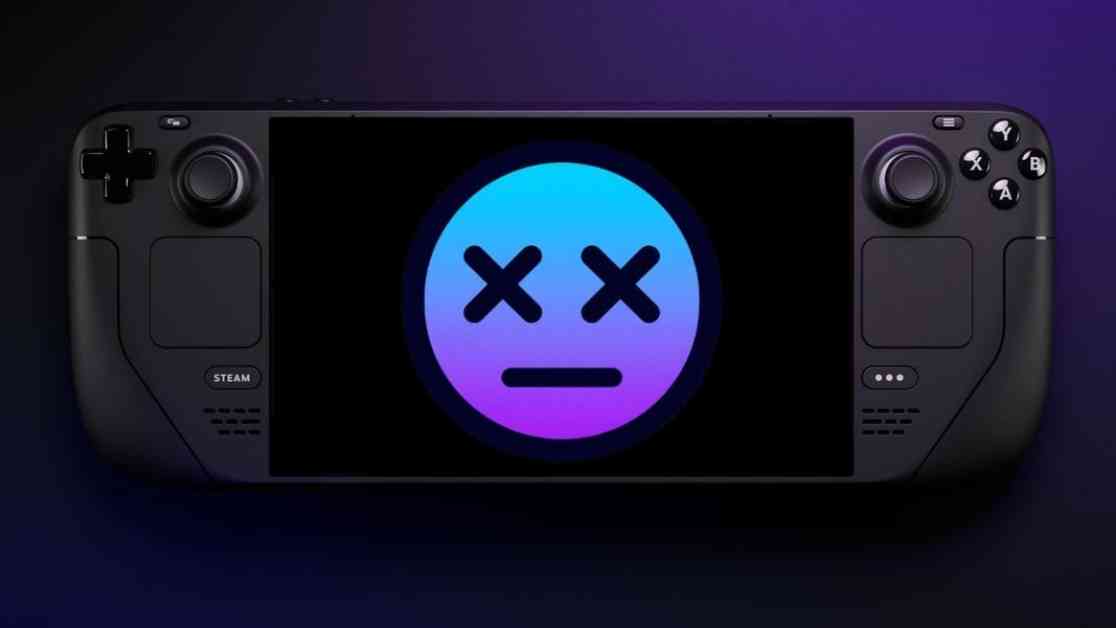Why The Steam Deck Needs a Major Upgrade to Stay Relevant in 2025
As a passionate user of the Steam Deck, I have marveled at its industry-defining form factor, comfortable handheld PC design, and significant advancements for Linux gaming. Each time I pick up the device to play a game, I can feel the years of research and development that went into creating it. I appreciate the successes and failures that shaped its final iteration. However, as we approach the end of 2024, it is becoming increasingly clear that the Steam Deck will struggle to remain competitive without a substantial performance upgrade.
The Evolving Landscape of Handheld Gaming
The world of handheld gaming has become increasingly crowded with competitors like Lenovo, Asus, MSI, Acer, OneXPlayer, and Ayaneo challenging Valve for dominance in the market. This abundance of options has provided consumers with a variety of choices, especially those who prioritize raw gaming performance. In this context, the Steam Deck faces the risk of becoming obsolete if it fails to keep up with the demands of modern gaming.
When Valve and AMD introduced the Steam Deck’s semi-custom Aerith APU in 2022, it was a groundbreaking moment. The device exceeded expectations by running demanding games like Cyberpunk 2077 and DOOM Eternal at impressive levels. With ongoing software optimizations such as systemwide FSR and improvements to the Linux graphics stack, the Steam Deck maintained its performance prowess throughout 2023. However, as we enter 2024, signs of the device losing steam are becoming apparent.
The Need for Enhanced Performance
One of the critical factors driving the demand for a significant upgrade to the Steam Deck is the inability to run certain AAA games smoothly. Recent examples, such as Star Wars Outlaws, Warhammer 40,000: Space Marine 2, and Final Fantasy 16, have highlighted the device’s limitations in handling graphically demanding titles. The frequency of such cases is expected to rise, posing a challenge to the Steam Deck’s relevance in the gaming landscape.
The introduction of the AMD Ryzen Z2 Extreme processor offers a glimpse into the future of handheld gaming performance. With the potential inclusion of the RDNA 3.5 graphics found in the Ryzen AI 300 series, the upcoming Radeon 890M promises a significant leap in processing power. Comparisons between the Radeon 780M and the Radeon 890M demonstrate a substantial performance difference, indicating a generational upgrade that could redefine handheld gaming experiences.
Another contender in the handheld gaming arena is Intel’s Lunar Lake processors, featuring the Arc Xe2 integrated graphics with claimed performance superiority over AMD’s offerings. MSI’s adoption of Lunar Lake in its upcoming handheld device suggests a shift in the competitive landscape, potentially surpassing existing devices like the ROG Ally and Legion GO. The emergence of Lunar Lake processors signals a new era of integrated graphics performance, challenging established norms in the handheld gaming market.
The Future of Steam Deck and Handheld Gaming
While the Steam Deck OLED, ROG Ally, and Legion GO offer unique gaming experiences, the need for enhanced performance is becoming increasingly apparent. Despite the Steam Deck’s appeal in terms of design and display quality, the growing list of unplayable games raises concerns about its long-term viability. Options like installing Bazzite on rival devices to replicate the Steam Deck’s interface with superior hardware performance underscore the importance of staying competitive in the evolving gaming landscape.
Looking ahead, the potential for a Steam Deck 2 with upgraded hardware configurations is a promising prospect. Valve’s commitment to innovation and continuous improvement suggests that a successor to the Steam Deck is already in the works, exploring various hardware possibilities to maintain a competitive edge. Whether through the adoption of the Ryzen Z2 Extreme processor or another custom solution, Valve’s focus on performance enhancements is essential to staying relevant in the handheld gaming market.
In conclusion, the evolving landscape of handheld gaming demands continuous innovation and performance upgrades to meet the growing demands of modern gamers. The Steam Deck’s journey towards relevance in 2025 hinges on its ability to adapt to changing technology trends and deliver a gaming experience that exceeds consumer expectations. As competitors embrace new hardware advancements and push the boundaries of performance, the Steam Deck must evolve to remain a frontrunner in the handheld gaming industry.





































































